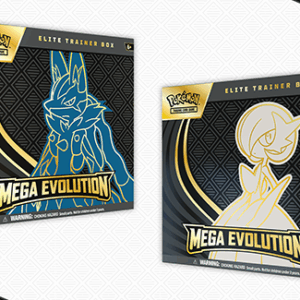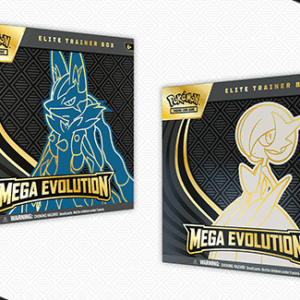In recent months, a peculiar phenomenon has resurfaced in the aisles of big-box stores, as enthusiasts and opportunists alike converge for the coveted cards of the Pokémon Trading Card Game (TCG). This scenario is not unlike a scene from retail’s version of “The Walking Dead,” only instead of searching for brains, these individuals are on a quest for Charizards. Yet, lurking beneath this colorful assembly of Pokemon fans lies a question of considerable concern: Is the 2023 Pokémon TCG craze about to fizzle out just as dramatically as it has flamed into existence?
Every Friday, the stories are becoming legendary: lines forming at dawn and folks girding themselves for a retail skirmish as fresh stock hits the shelves. The phenomenon is driven by a combination of genuine collectors reliving their childhood and a less savory element—scalpers who see dollar signs instead of Pokémon. Armed with credit cards and dreams of eBay fortunes, scalpers often clear out store inventories faster than you can say “Pikachu,” only to list them online at prices that make even an Eevee’s eyes water.
This speculative buying frenzy, unfortunately, leaves the true fans—the wide-eyed children and nostalgic adults with dreams of completing their collections—out in the cold. Often, they find the shelves bare moments after they’ve been restocked, the only option left to them a hefty online markup that diminishes the joy of collecting.
The Pokémon Company, in a move that seems wise at first glance, has ratcheted up production in response to demand. Yet, in a classic echo of the past, this approach harbors potential pitfalls. Sets that once attracted fervor for their perceived rarity are now as common as a Magikarp. Titles like “Evolving Skies” and “Crown Zenith,” special offerings like the “Van Gogh Pikachu” card—a card veritably swimming in tens of thousands of PSA 10 ratings—have conspired to saturate the market, washing away any illusion of exclusivity.
History loves its reruns. In the late ’80s and early ’90s, a similar drama played out with sports cards, as manufacturers overproduced by the millions in response to a fevered appetite. As if on cue, collectors began to perceive the supposed “rarity” as a mass-produced façade, leading to a market collapse of epic proportions. The echo in today’s TCG mania is unmistakable. The signs—a rampant, unsustainable demand driven by hype instead of genuine scarcity and the inevitable ballooning of graded card populations—signal an ominous potential for a similar bust.
The question on everybody’s lips remains: When will this bubble burst? The ominous indicators are many. A market dripping with product yet short of intrinsic rarity, borrowers burdened with credit card debt from horizon-chasing inventory, and a growing awareness among collectors of the myth of scarcity—all suggest the bubble’s surface tension is straining.
Hints of change loom darkly on the horizon. Imagine the scenario where scalpers, confronted by obstinate credit card debts and stabilizing or declining values, start offloading their hauls at depreciating prices. Picture collectors, growing wise to the fabricated scarcity and serial overprint, stepping back from the game, further fostering a devaluation spiral.
Weary-eyed, experienced collectors offer a word to the wise: exercise caution, cultivate patience. Market histories have an eerie tendency to parrot old chapters, and those who fail to heed the oblique whisper of history may find themselves nursing a load of glossy cardboard instead of retirement-worthy riches.
Ultimately, even as Pokémon TCG surges toward the summit of popularity, one wonders if it might soon begin its descent. Fads, after all, often carry expiry dates, and while true rarity may sometimes be obscured by layers of hype, it still stitches together the fabric of enduring value. Scalpers, collectors, manufacturers—heed your Pidgeot’s call. Be it a nostalgia-powered joyride or an attempt to strike it collector-rich, the game is rarely well-served by artificial inflations.
Borrowing from the timeless tenets of market wisdom: moderation is a virtue, and chasing rainbows rarely leads to pots of gold—unless, of course, that rainbow comes with a guarantee of genuine rarity and cultural resonance.






